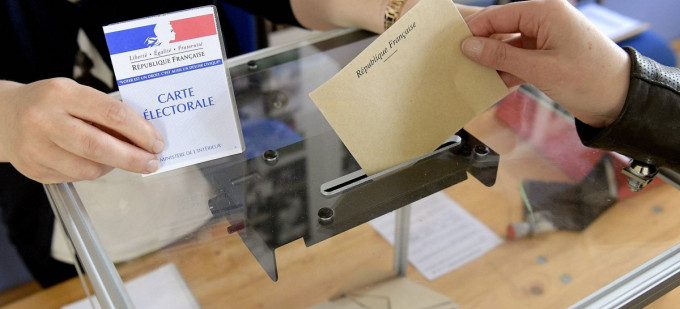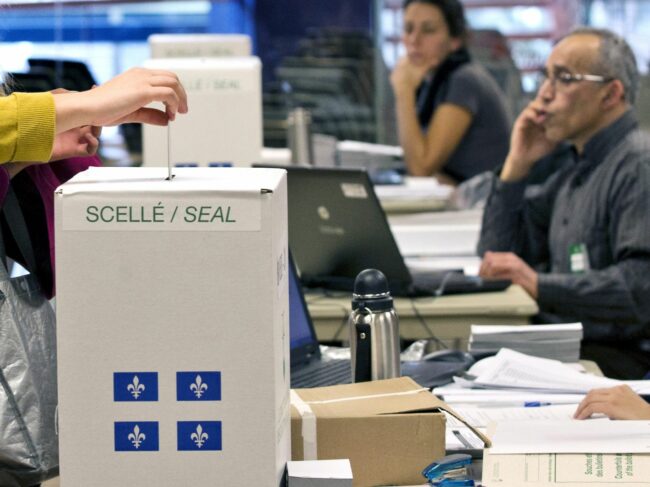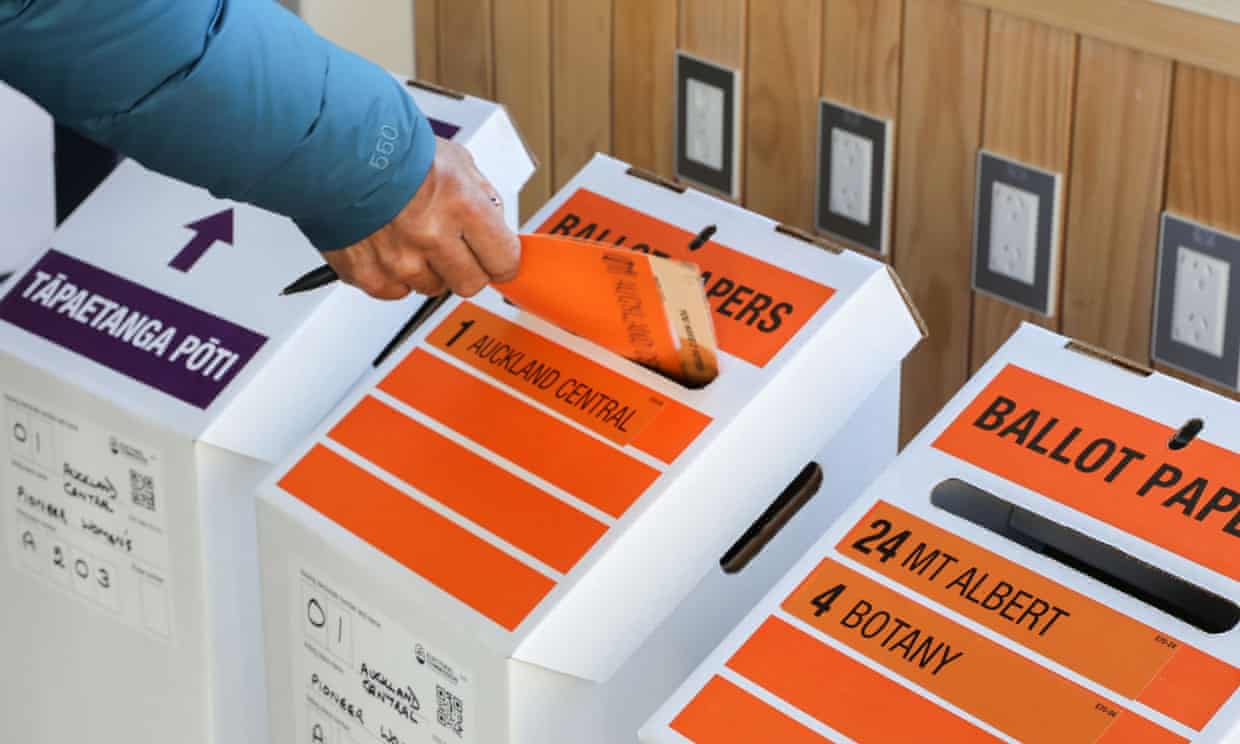I was lucky enough to vote in three different countries. The election process is highly critical because it ensures that a democracy works properly. But like any process, it can be improved.

At first I summarize the way the poll is conducted in the three countries. You can skip to the process analysis. For this analysis, I chose to address three aspects of this process: voter experience, integrity and anonymity.
Three countries, three election processes
France: get organized to vote
To vote in France, you must be registered on the electoral roll at least one month before the election date. The poll takes place on a Sunday. The voter shows up at the polling station she was assigned, with a piece of ID. A voter card speeds up the process. The majority of the polls take place in two rounds, two weeks apart.
Volunteers representing the municipality and the political parties running for office man the polling station. They are volunteers. After proving its identity, the voter gets an envelope. The ballots for each candidate are aligned, the voter must take at least two ballots. The voter chooses their candidate and places the corresponding ballot in the envelope. She then goes to the ballot box, proves her identity again and signs opposite her name on the voters list. She finally can cast her ballot. The ballot box has a counter, as well as a bell to “monitor” the opening of the box.

Quebec: Simplify while limiting risk
To vote in Canada,you must be on the list, or register at the polling station. Voting takes place on weekdays, and employers must ensure that their employees have at least four hours in a row to vote. The voter shows up at the assigned polling station on polling day or on advance polling days.
The government recruits office staff and election officials for the election on a temporary basis. At the polling station, the voter obtains a ballot. She blackens the dot of the candidate or proposition she supports. She then shows up at the ballot box table. The employee verifies her identity and updates the electoral roll. The voter casts her ballot in the ballot box. Canadians can also vote by mail or at another polling station using a special ballot. These ballots are counted several days after the election. In general, they do not change the result.

New Zealand: Simplicity and voter experience first and foremost
To vote in New Zealand,you must also be registered on the roll, which can be done at the polling station. The poll takes place on a Saturday, advance voting days are also the norm. The government recommends voting in one of the polling stations in your constituency, but it is possible to vote anywhere in the country. A voter card speeds up the process.
As in Canada, polling stations are staffed by pool workers, hired by the government. The voter must not present any identification to vote. The staff hands over the ballots for the vote. General elections are for parliament and one or more referendums. New Zealand operates with a mixed proportional system: one vote for a candidate and one vote for a political party. You have to check the box of the candidate and the party or the chosen option. he voter will then deposit each ballot in the ballot box according to a color code.

How can the election process be evaluated?
In 2020, the customer experience is at a peak. he majority of organizations put their client first and make sure to make things simpler and more efficient. Governments also have taken steps to improve the user experience. So I chose to evaluate the voter experience.
Second, as these processes are key to ensure the proper functioning of democracy, I have opted for two key criteria: integrity and anonymity. The process must ensure that each voter can vote once and only once.
Voter Experience: Is it easy and quick to vote?
Clearly New Zealand wins here. The aim is to facilitate access to voting, even at the last minute. The electoral system is a little more complex, but the process is extremely simple. The voter has a wide choice of dates and places to vote. In addition, communications are very inviting and easy to understand.
On the other hand, France obliges its voters to organize themselves, whether to register on the list or to be available on polling days. There is a system of power of attorney, but again, it must be arranged in advance and forms must be filled out. The process at the polling station is also more complex with several stages of identity verification.
Election Integrity: Is it easy to vote twice?
The French administrative burden is good, and unless you are registered on two different lists, it is impossible to place two ballots in the ballot box. With the ability to cross-reference lists electronically, the system is extremely robust and ensures the integrity of the ballot.
The same is true in Canada, registration on the electoral rolls is simpler because it is done on the tax declaration. The system is centralized. Similarly, given that the list is updated as the ballot progresses, it is impossible to place two ballots in the ballot box.
Anonymity: Is it possible to know who voted what?
Canada and France guarantee complete anonymity. This is the basis of democracy: voting is secret. Moreover, any ballot with a marking or identification is counted as null.
In New Zealand, this is not the case, each ballot has a code, duplicated on the electoral card. A black ribbon hides the code. However, it is possible to remove this tape and link the ballot with the voter card. It is a cumbersome manual process, but possible. When reconciling the electoral rolls, if a person has voted several times, the voter card will be searched. Staff will find the newsletter and cancel it. It happens less than a dozen times in each election. The vote is therefore not technically anonymous. The law provides a framework for anonymity.
Conclusion
It is impossible to reconcile everything. Like any organization, states make choices and prioritize the aspects that are important to them. Each country decides on the balance between the different aspects. Each election process is therefore unique.
All countries can, however, use the principles of operational excellence, for visual managemnent,managing the flow of voters, or simply sizing polling stations.
